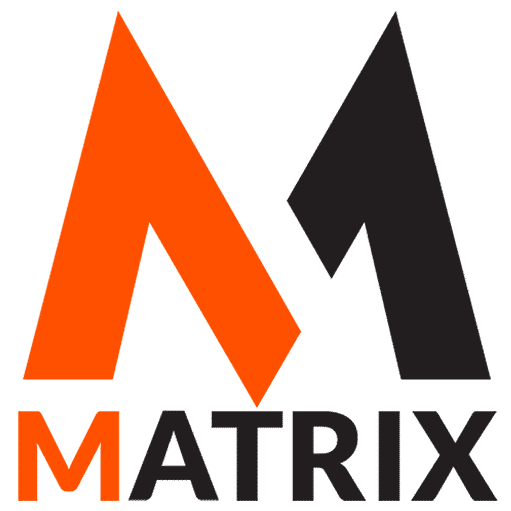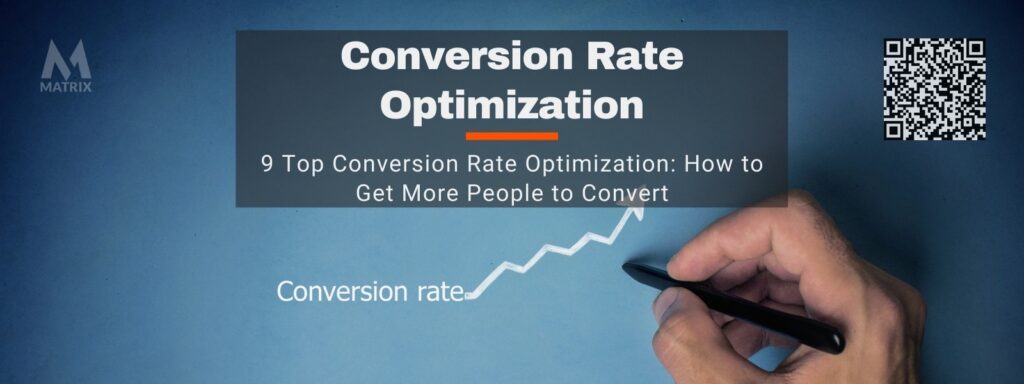Learn how to get more people to convert with these nine conversion rate optimization strategies.
Steal these 9 Top Conversion Rate Optimization and Watch Sales Grow.
Is your conversion rate optimization at its peak?
Did you know that about 98% of your website visitors never return after their first visit?
Does that mean that when they do convert, your conversion rates are tuned to perform at their best?
Conversion rates refer to the percentage of website visitors who complete a desired action, such as making a purchase. Managing conversion rates is crucial because they can account for a substantial portion of your site’s revenue.
This article will discuss conversion rate optimization, which increases the number of people who convert into customers. We will also provide nine conversion rate optimization strategies to help you achieve your goals and maintain high conversion rates.
Conversion rate optimization is crucial for any business seeking to boost its conversion rates and expand its customer base. We will discuss conversion rate optimization, which is the process of increasing the number of people who convert into customers.
Certainly! Here are three recent statistics related to Sales Conversion Optimization:
- Average Website Conversion Rates: The average conversion rate across all industries is approximately 2.35%. However, the top 25% of websites achieve conversion rates of 5.31% or higher.
- The Impact of Page Load Time: A delay of just one second in page load time can result in a 7% reduction in conversions.
- Effectiveness of Personalized Calls-to-Action (CTAs): Personalized CTAs perform 202% better than basic, non-personalized ones.
These statistics highlight the importance of optimizing website performance and personalizing user interactions to enhance sales conversions.
Introduction to the benefits of conversion rate optimization
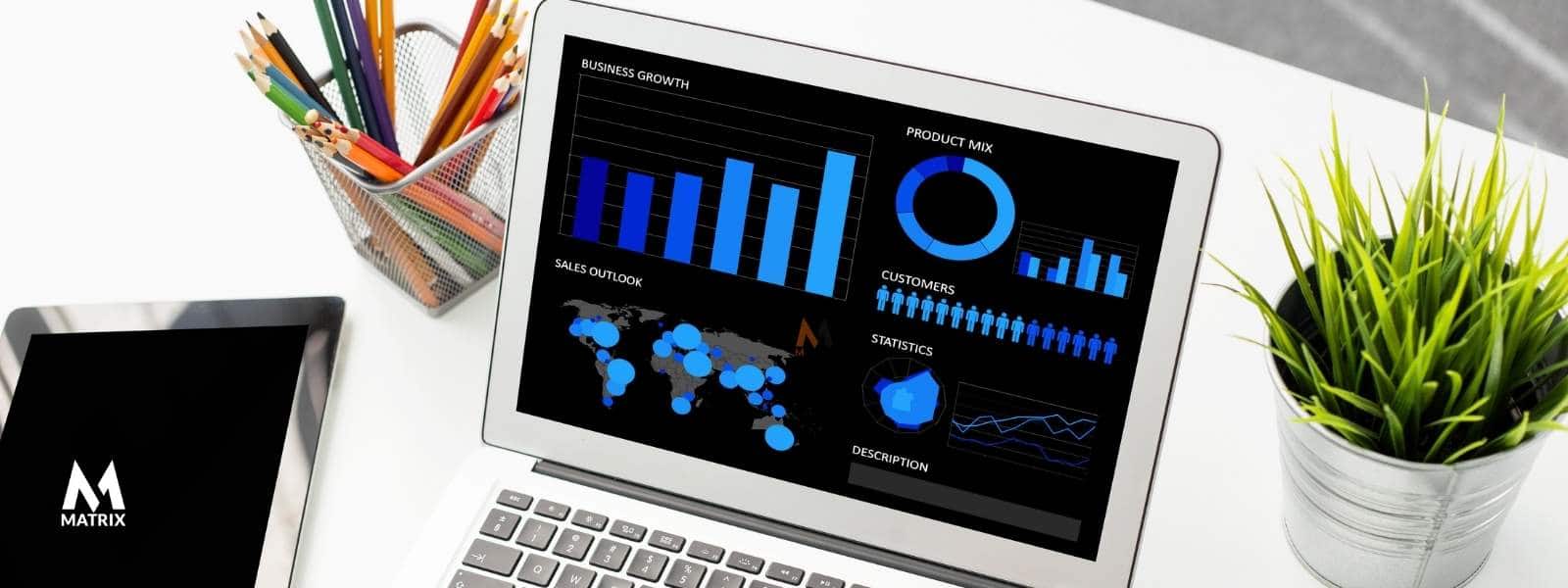
- Most landing page optimizations move around too much, and you can’t tell any attribution. Small changes = small gains.
- Focused and strategic landing page optimization brings 3-5x the conversions AND improves your lead quality.
- In some industries, even 5% conversion rates are not particularly impressive. If stuck in the 2-5% conversion rate bucket, you have much room to grow.
- Get creative with your offers and test multiple offers to find the one that converts best with your target audience.
- Identify the obstacles keeping prospects from converting and remove those bottlenecks by changing the buyer’s cycle or your sales funnel.
- Test variations to determine which path to conversion works best for your audience.
- Utilize remarketing to re-engage individuals who have shown interest but did not convert.
- Test smarter, not more often. You need to test landing page variations to find 1 top performer, but this goes far beyond changing a font color and calling it a landing page variation.
Here’s a custom Sales Conversion Optimization (SCO) dashboard layout you can implement using tools like Google Data Studio, Looker, HubSpot, or a spreadsheet-based system like Google Sheets. It’s organized by category, so it’s easy to replicate and scale.
Custom SCO Dashboard Structure
1. Traffic Overview
| Metric | Description | Source |
|---|---|---|
| Total Sessions | How many visits your site got | GA4 / Analytics |
| Unique Visitors | How many individual people visited | GA4 |
| Traffic Sources | Organic, Paid, Social, Referral, Email | GA4 / UTM data |
| Bounce Rate | % who left without engaging | GA4 |
2. Conversion Funnel Breakdown
| Funnel Step | Conversion Rate (%) | Drop-Off (%) | Notes |
|---|---|---|---|
| Landing Page → Form View | X% | Y% | Use heatmaps here |
| Form View → Submission | X% | Y% | Monitor form abandonments |
| Submission → Sales Call | X% | Y% | Track time to follow-up |
| Call → Proposal | X% | Y% | |
| Proposal → Closed Deal | X% | Y% |
Tool: CRM (HubSpot, Salesforce), Google Analytics, Leadfeeder
3. Lead Quality + Sales Performance
| Metric | Description | Source |
|---|---|---|
| MQL to SQL Conversion Rate | % of marketing leads becoming sales leads | CRM / HubSpot |
| SQL to Opportunity Rate | % of qualified leads entering pipeline | CRM |
| Win Rate | % of deals closed from proposals | CRM |
| Average Deal Size | Helps calculate revenue potential | CRM / Reports |
4. Page-Level Conversion Metrics
| Page URL | Conversion Rate (%) | Bounce Rate (%) | Avg. Time on Page | Heatmap Insights |
|---|---|---|---|---|
| /landing-page-1 | 5.3% | 32% | 1:45 | Add CTA higher |
| /form-page | 7.2% | 24% | 2:10 | Simplify form |
| /pricing | 3.8% | 45% | 0:50 | Add testimonials |
Tool: Hotjar / Microsoft Clarity / GA4 / AISEOPad
5. A/B Testing Results
| Test Name | Variant | Conversion Rate | Uplift (%) | Winner | Notes |
|---|---|---|---|---|---|
| CTA Button Color | A: Red / B: Blue | A: 6.2% / B: 7.5% | +21% | B | Blue wins—implement globally |
| Headline Copy | A: Generic / B: Benefit-focused | A: 3.1% / B: 5.6% | +81% | B | Show value early |
Tool: Google Optimize, VWO, Optimizely
6. Automation & Retargeting Metrics
| Email Campaign | Open Rate (%) | CTR (%) | Conversion Rate (%) |
|---|---|---|---|
| Abandoned Cart Email #1 | 48% | 12% | 5.1% |
| Exit-Intent Popup Offer | 31% | 8% | 3.7% |
Tool: Mailchimp, Klaviyo, HubSpot
7. Real-Time Performance Snapshot
| KPI | Value | Target | Status |
|---|---|---|---|
| Current Monthly Conversion Rate | 4.8% | 5.5% | ⚠️ |
| Lead to Close Time | 9 days | < 7 days | ⏳ |
| Revenue from SCO Campaigns | $45,000 | $60,000 | 🚀 |
Optional Integrations
- Google Looker Studio: For real-time visualization.
- Zapier/Make: To automate lead tracking and CRM updates.
- Notion or Airtable: For team visibility and collaboration.
What is conversion rate optimization?
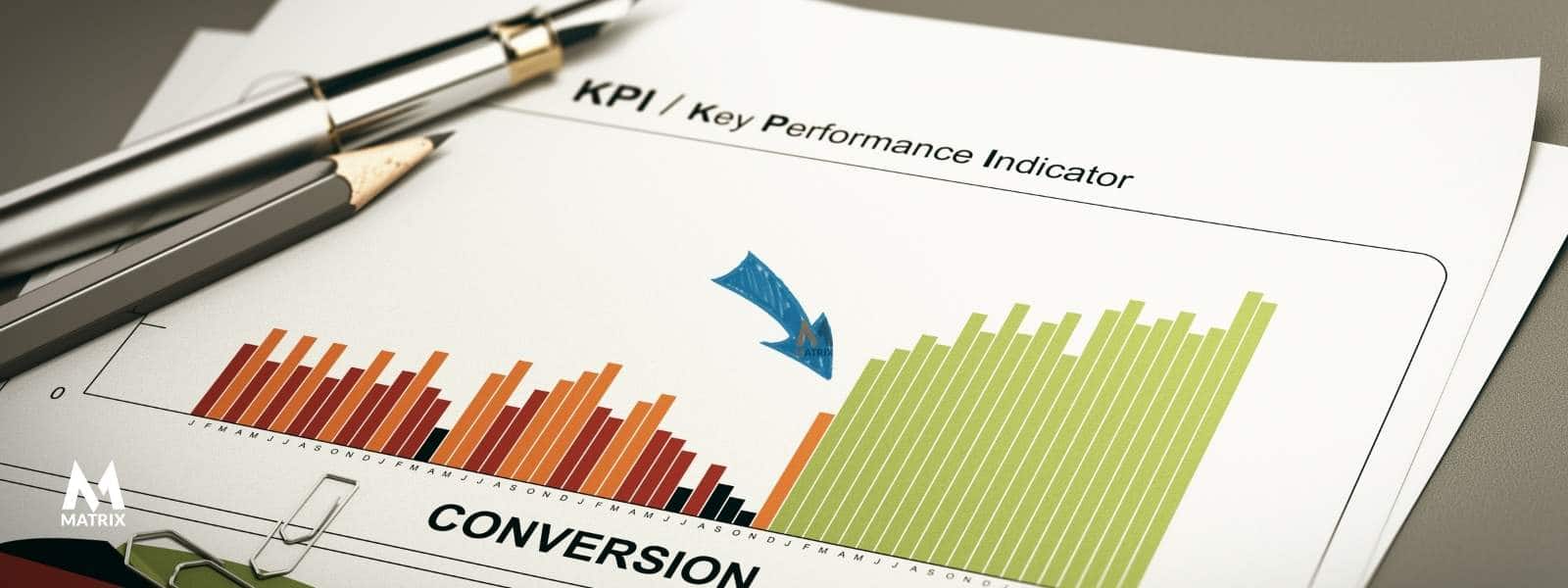
Rather than fearing conversion rates and attempting to minimize their significance, conversion rate optimization (CRO) focuses on analyzing and adjusting the conversion process to enhance conversion rates.
If you are unfamiliar with conversion rate optimization, it is a website traffic method designed to increase the number of people who convert.
Conversion rates refer to the percentage of website visitors who complete a desired action, such as making a purchase.
Managing conversion rates is crucial because they can account for a substantial portion of your site’s revenue.
What are the conversion rates by industry?
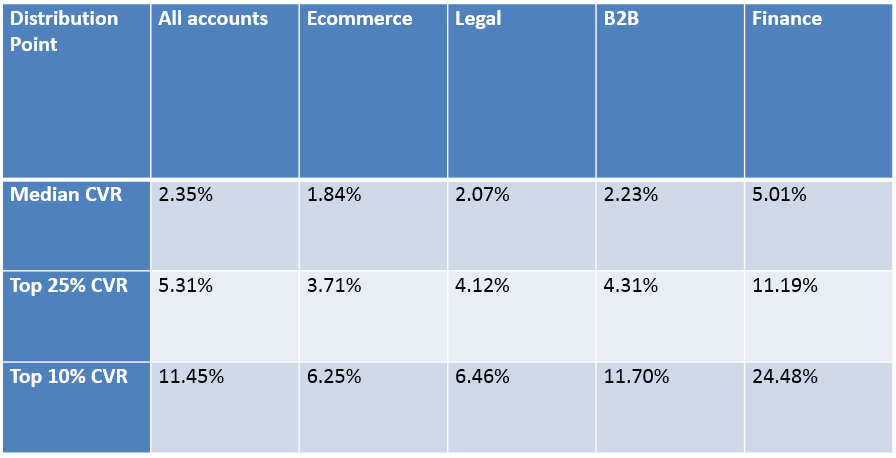
One conversion rate we can look at is conversion rates by industry. Here’s a chart with conversion rates of leading websites in various industries:
Industry:
- Consumer: 89%
- Media and Publishing: 82%
- Automotive: 92%
- Retail: 86%
- Insurance 82%
- Healthcare 84%
How can conversion rate optimization improve my business?
It can improve your business in numerous ways. One way conversion rates could help your conversion rate is by keeping track of how many people visit your website and seeing which features they find the most persuasive so you can work to improve conversion rates on those pages.
It’s worth reiterating this one: conversion rates are about improving performance throughout the lead capture to conversion process. 10 Most In-Demand Types of SEO Services to Focus On in 2025
Monitoring and improving your Sales Conversion Optimization (SCO) requires a strategic mix of tools, tactics, and testing. Here’s a practical breakdown you can implement:
🔍 How to Monitor Sales Conversion Optimization
1. Track Key Conversion Metrics
Use tools like Google Analytics 4 (GA4), Hotjar, or HubSpot to measure:
- Conversion Rate: % of visitors who take a desired action.
- Bounce Rate: A high bounce rate may indicate ineffective landing page messaging.
- Average Session Duration: Indicates the level of engagement.
- Cart Abandonment Rate: This is particularly important for e-commerce businesses.
- Lead Quality & Close Rates: From CRM tools like Salesforce or HubSpot.
2. Use Heatmaps and Session Recordings
- Tools like Hotjar, Crazy Egg, or Microsoft Clarity let you visually track user behavior.
- See where users click, how far they scroll, and where they drop off.
3. Monitor Funnel Performance
Break down your sales funnel by stages:
- Landing page → Form fill → Sales call → Proposal → Close Track conversion at each step to find leaks.
🚀 How to Improve Sales Conversion Optimization
1. Optimize Your Landing Pages
- Clear headlines that speak to pain points.
- Strong, action-oriented CTAs (test colors, positions, and copy).
- Social proof: testimonials, reviews, trust badges.
- Mobile-first design (most traffic is mobile!).
2. Run A/B Tests
Use Google Optimize, Optimizely, or VWO to:
- Test different page layouts, CTA copy, imagery, and forms.
- Implement changes based on statistically significant results.
3. Simplify Forms
- Only ask for essential info upfront.
- Use multi-step forms if necessary to avoid overwhelming users.
4. Use Exit-Intent Popups
- Offer a discount or capture an email before a user leaves.
- Tools: Sleeknote, OptinMonster, Privy.
5. Personalize User Experience
- Show dynamic content based on behavior or source (email, ad, organic).
- Tools: Dynamic Yield, HubSpot Smart Content, or Clearbit Reveal.
6. Follow Up With Abandoners
- Use email retargeting or ads to re-engage users.
- Abandoned cart emails for e-commerce.
- Retargeting ads for service-based businesses.
📊 Bonus: Sales Enablement Tactics
- Align sales and marketing: make sure sales have access to MQL behavior.
- Use lead scoring to prioritize high-intent visitors.
- Implement chatbots or live chat to provide real-time assistance.
Want help designing a custom SCO dashboard or testing plan for your business or a client? I can mock that up for you in just a second.
Do conversion rates help with future conversions?
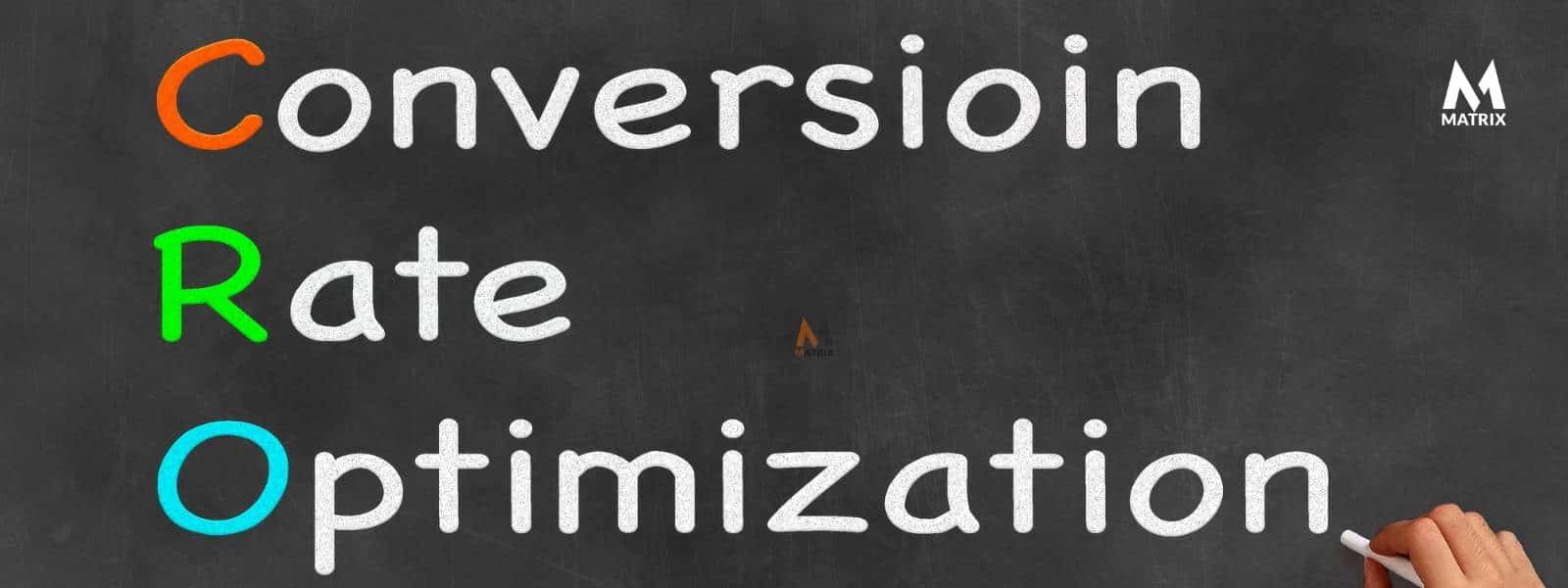
Yes, conversion rates can improve your business by tracking how many people visit your website and take a desired action. You must see which features they find the most persuasive so you can work to improve conversion rates on those pages.
Additionally, conversion rates can provide valuable insights into future analytical data, including the devices visitors use, the time spent on each page, their source (search engines or email), the keywords typed into search engines to arrive there, and more.
Analyzing conversion rates automatically provides you with a wealth of information that would otherwise take hours or days to gather. It’s worth reiterating this one: conversion rates are about improving performance throughout the process, from lead capture to conversion.
Top 9 conversion rate optimization strategies?
- Increase users’ clicking on key pages on a website, especially those of high-profit potential, which will drive conversion rates.
- Video marketing strategy is trending because it effectively converts views into customers.
- Contact the individuals who abandoned their shopping carts or failed to purchase an item after being given a discount code to increase conversion rates.
- Instead of buying expensive ads, consider using more affordable ad services like Facebook and Twitter to target your audience and increase conversion rates.
- To optimize conversion rates, test different headlines and images on the same page to determine which combination yields the best results.
- You can increase conversion rates by speaking directly to your customers, using customer service as a tool, rather than relying on phone or email contact forms that often don’t convert well.
- A/B Testing is important if you’re trying to convert visitors into customers. A conversion rate optimization tool like Trickster can help you with that.
- Increasing conversion rates is an ongoing process because your conversion rate depends on where people are in the buying cycle and what website they use.
- Clear Call-to-Action: Ensure the CTA button stands out on the page and is easily visible to visitors. It should stand out graphically, with color or images, and through ample white space.
How to calculate the conversion rate?
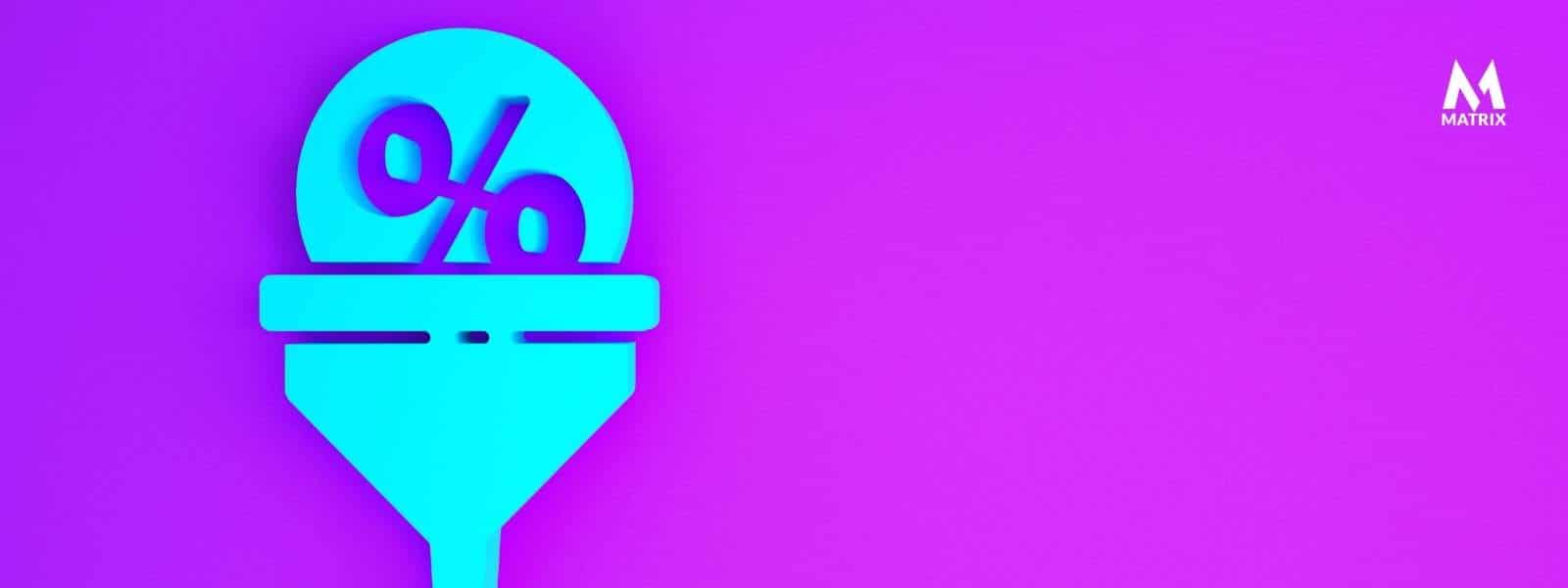
Some conversion rate calculators can be found online or built into conversion rate optimization tools, which can help you convert between percentages and numbers.
Here’s an example of how to calculate the conversion rate
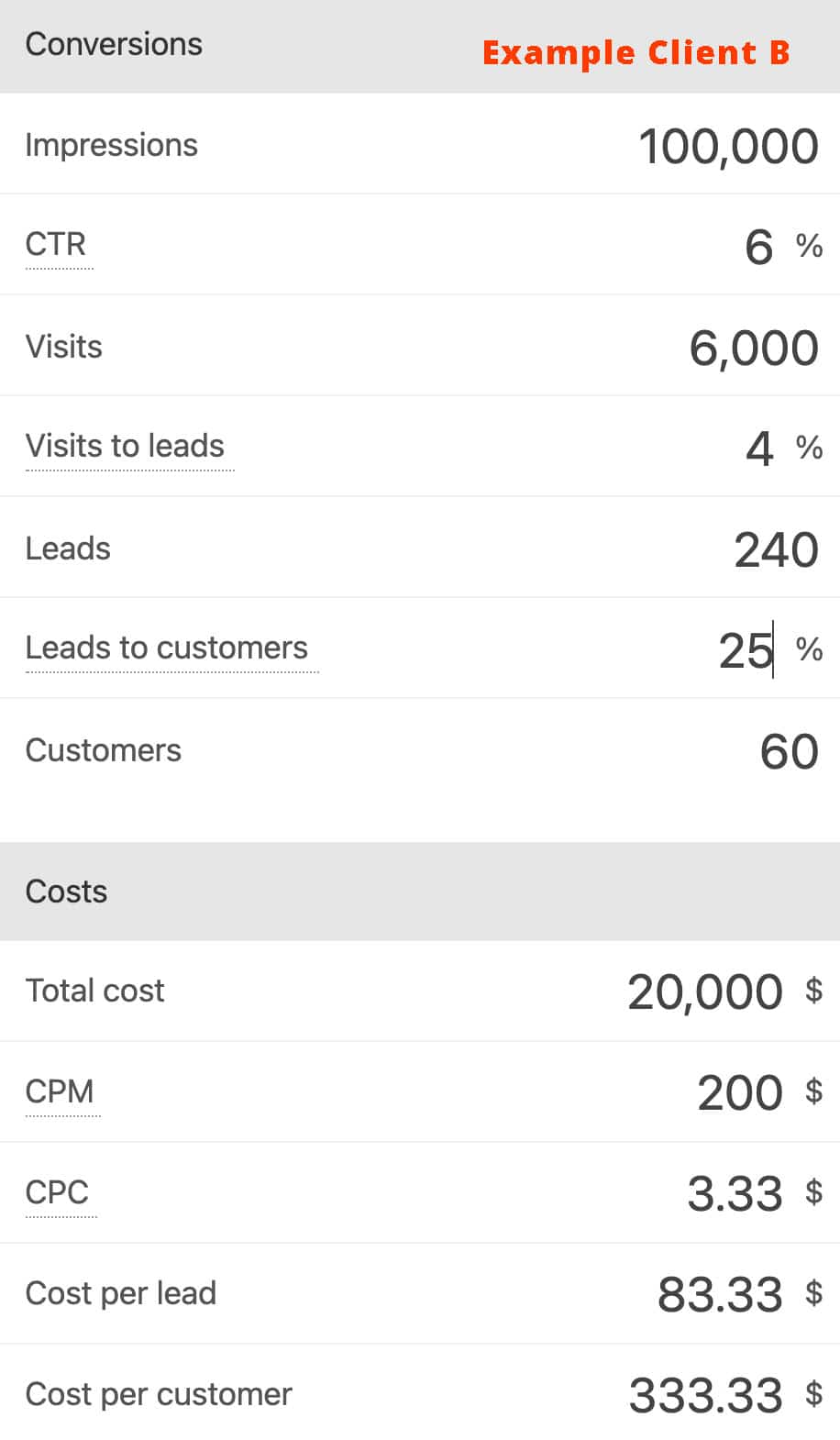
Assume you have a 5-stage sales funnel. Stage 1 has 25,000 visitors, and you capture 1,250 in your CRM system. What is your conversion rate? Did you get 5%?
What is the average conversion rate?
It depends on the conversion rate and the conversion rate in your industry. It can be as low as 2% in some conversion rate industries and as high as 50%.
Why is conversion rate optimization important?
Yes, conversion rates will help you optimize your business, so monitoring your conversion rates and testing different methods to see the most impact is very important.
It’s more of a revenue generator because you’re not losing business leads to competitors.
Conversion rate optimization helps manage conversion rates, enabling more people to convert into customers.
What are the best quantitative tools to uncover conversion rate optimization?
A qualitative CRO aims to understand how customers behave and what they do when they interact with your website.
Qualitative CRO tools should be used in conjunction with other analytical methods, as measuring success without data can be challenging.
CRO tools generally fall into three categories:
- Web analytics CRO tools
- Behavior analytics CRO tools
- CRO testing tools
Web analytics CRO tools: understand what’s happening on your website
Understanding what’s happening on your site is an important part of conversion rate optimization. Without knowing what’s going on (or what’s going wrong), you won’t know where to look for improvements.
Web analytics tools gather numerical, quantitative data about your website and its visitors, giving you insight into metrics like:
- Bounce rate
- Sessions
- Session duration
- Common drop-off or exit pages can help you find answers to questions like:
Are visitors staying on the landing page or bouncing off?
Conversion rates can make up a substantial portion of your site’s revenue
Yes, conversion rates will help you optimize your business, so monitoring your conversion rates and testing different methods to see the most impact is important.
Conversion rate optimization helps manage conversion rates, enabling more people to become customers. It helps grow and scale your business.
How to increase your landing page conversion
One conversion rate optimization trick many conversion-pushing companies use is creating landing pages for specific conversion goals.
For example, if you have a product page with 5 conversion goals, each conversion goal might have its own conversion-specific landing page.
Each conversion landing page may focus on a different product or service feature or offer an incentive to convert.
Additionally, conversion optimization should be approached in stages.
The conversion rates should be analyzed to identify areas for improvement or optimization. Once optimization has been completed, the conversion rates should be re-analyzed to determine its effects.
Conclusion on conversion rate optimization rates
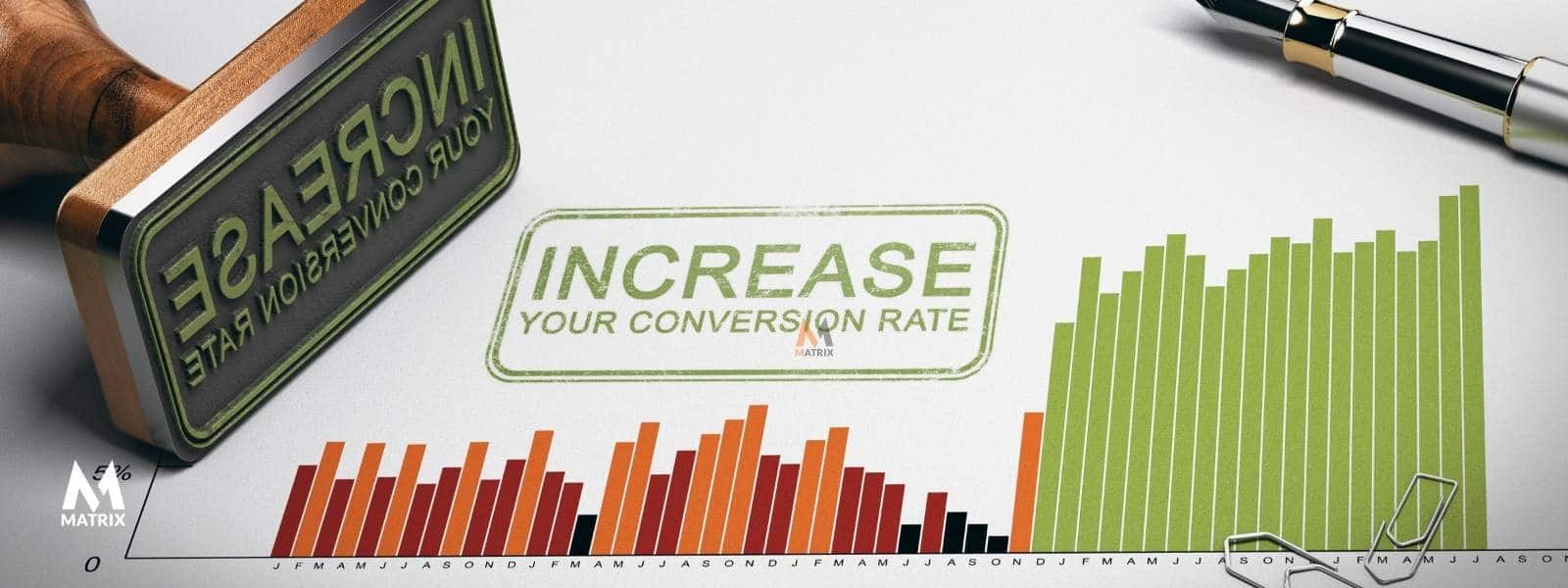
Conversion rates are important, but you don’t know why.
Conversion rate optimization is important because it helps more people convert into customers. With some small changes to your website, you can achieve conversion rate optimization. Download this conversion rate optimization tool today!
Conversion Rate Optimization (CRO) involves increasing or optimizing conversion rates, thereby enhancing a company’s revenue and profits. CRO relies on testing different variations of elements on a page to determine what works best for each visitor, ensuring they see what will prompt them to take action and achieve their desired goal when visiting the site.
The ultimate goal of CRO is to increase conversion rates, which will directly impact the overall conversion rate. By utilizing conversion rate optimization strategies, you can boost conversion rates and expand your customer base.
Higher conversion rates mean more sales. Therefore, conversion rate optimization is crucial for businesses seeking to grow. Conversion rate optimization can be achieved by making small changes to a website.
Download this conversion rate optimization tool today!
General FAQ
What is a conversion rate?
A conversion rate is the number of people who have completed a conversion, divided by the total number of visitors to a site. It can also be defined as the percentage of visitors who have made a purchase or taken the desired action on your website. Conversion rates are important because they can make up a substantial portion of your site’s revenue, and it’s important to manage conversion rates because they can make up a substantial portion of your site’s revenue.
Do conversion rates depend on what page you’re viewing or the website that you’re visiting?
No conversion rates do not change depending on what page they are viewing; however, there is always an opportunity for improvement. Conversion is about improving performance during the entire process, from lead capture to conversion. Optimizing a single part of one’s website is unlikely to increase one’s conversion rate substantially. It can also be more time-consuming than effective when optimizing an entire site or conversion funnel.
What conversion rate is considered a high conversion?
Conversion rates above 50 generate most of your conversions, but conversion rates below 10 do not even cover the conversion costs typically.
What conversion rates do internet stores use to calculate their success?
Internet stores typically use conversion rates of around 2.7% to calculate their success. At these conversion rates, the conversion is five times higher than at conversion rates below 1%. Additionally, internet shoppers spend more on average, and 34% of their visits last longer than four minutes.
